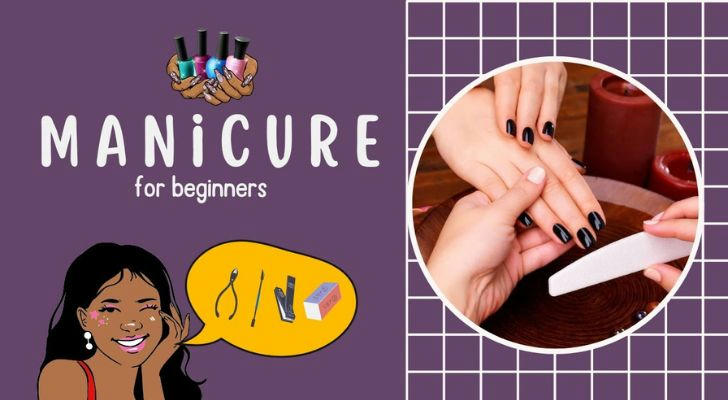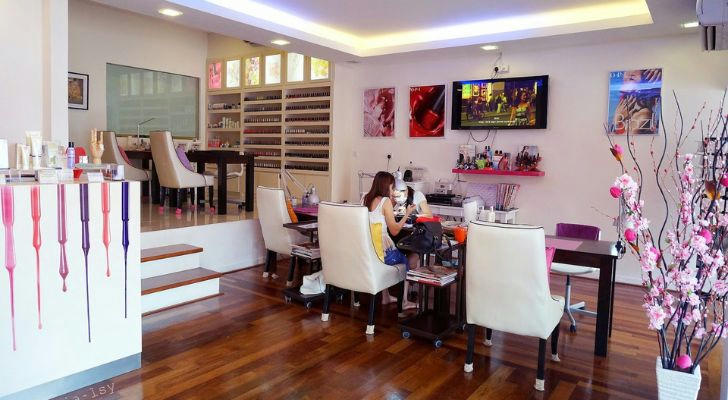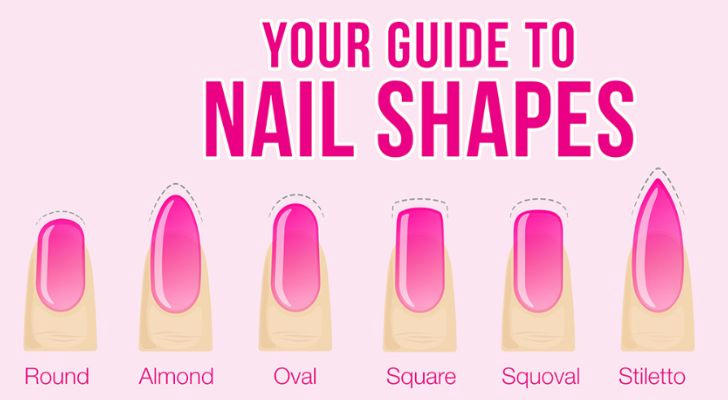Common Terms Used in Nail Salons
Visiting a nail salon for the first time can feel overwhelming, especially when faced with a variety of unfamiliar terms. Knowing the common vocabulary used in nail salons not only enhances the overall experience but also helps in making informed choices. This guide breaks down the most frequently used nail salon terms, providing clarity and insight for those looking to understand nail care better.

1. Basic Nail Care Terms
Manicure: A cosmetic treatment primarily for hands and nails, including cleaning, shaping, and often applying polish.
Pedicure: Similar to a manicure, but focused on the feet and toenails. It typically involves soaking, exfoliating, trimming, and polishing.
Cuticle: The thin layer of dead skin at the base of the nail, essential for protecting the nail bed from infections.
Nail Bed: The skin beneath the nail plate. Healthy nail beds are usually pinkish, indicating good blood flow.
Nail Plate: The visible, hard part of the nail made of keratin. This is the surface where nail polish is applied.
Lunula: The small, white, crescent-shaped area at the base of the nail. It is more visible on some nails than others.
2. Nail Enhancement Terms
Acrylic Nails: Artificial nail extensions made from a liquid monomer and powder polymer that harden when exposed to air. Known for durability and customization.
Gel Nails: Nails made with a gel-based polish that is cured under a UV or LED light. They provide a glossy finish and can last for weeks without chipping.
Dip Powder Nails: Created by dipping nails into colored powder and sealing with a clear coat. Known for strength and a longer-lasting finish.
Silk Wraps: Thin, silk fabric applied over the nail to strengthen and protect, often used for nail repair.
Nail Tips: Plastic extensions glued to the natural nail, usually covered with acrylic or gel for length and strength.
3. Popular Nail Art Techniques

French Manicure: A classic style featuring a natural pink base with white tips.
Ombre Nails: A gradient effect where colors blend from one shade to another.
Nail Stamping: Using a pre-designed plate to transfer patterns onto the nails with polish.
3D Nail Art: Creating raised designs using gems, beads, or sculpted acrylic.
Foil Nails: Applying shiny, metallic foil pieces for a reflective, eye-catching effect.
4. Maintenance and Finishing Terms
Top Coat: A clear polish applied over colored nails to protect the color and add shine.
Base Coat: A clear or lightly tinted polish applied before color to prevent staining and enhance polish adhesion.
Nail Strengthener: A product designed to harden and fortify natural nails, often containing proteins and vitamins.
Nail Primer: Applied before nail enhancements to ensure proper adhesion and longevity.
Nail Dehydrator: Removes moisture from the nail plate to enhance the bonding of gel or acrylic products.
5. Salon Service-Specific Terms
Refill (Fill-In): Adding new acrylic or gel to the regrowth area near the cuticle, maintaining the manicure's appearance.
Full Set: Applying a complete set of nail extensions or enhancements.
Soak-Off: The process of removing gel, acrylic, or dip powder nails by soaking in acetone.
Buffing: Smoothing and shining the nail surface using a buffer block or file.
6. Health and Hygiene-Related Terms
Sanitation: Cleaning tools and surfaces to reduce bacteria and viruses. Proper sanitation practices are crucial for safe salon environments.
Disinfection: The process of killing harmful microorganisms on surfaces and tools using EPA-registered disinfectants.
Sterilization: The complete elimination of all forms of microbial life, typically done using an autoclave.
7. Nail Shapes and Styles
Square: A straight-edged nail with sharp corners.
Round: A curved edge that follows the natural shape of the fingertip.
Almond: A tapered shape that resembles the almond nut.
Stiletto: A long, pointed shape that is bold and dramatic.
Coffin (Ballerina): Tapered sides with a flat tip, resembling a coffin shape.

8. Conclusion
Learning the terminology used in nail salons not only enhances communication with nail technicians but also empowers individuals to choose services that best fit their preferences. Whether looking for a simple manicure or elaborate nail art, being familiar with these common terms ensures a smoother, more enjoyable salon visit.
Sources
- [American Academy of Dermatology: Nail Care Guidelines]
- [Journal of Nail Technology: Innovations in Nail Art]
- [Nail Salon Safety Standards: OSHA]
